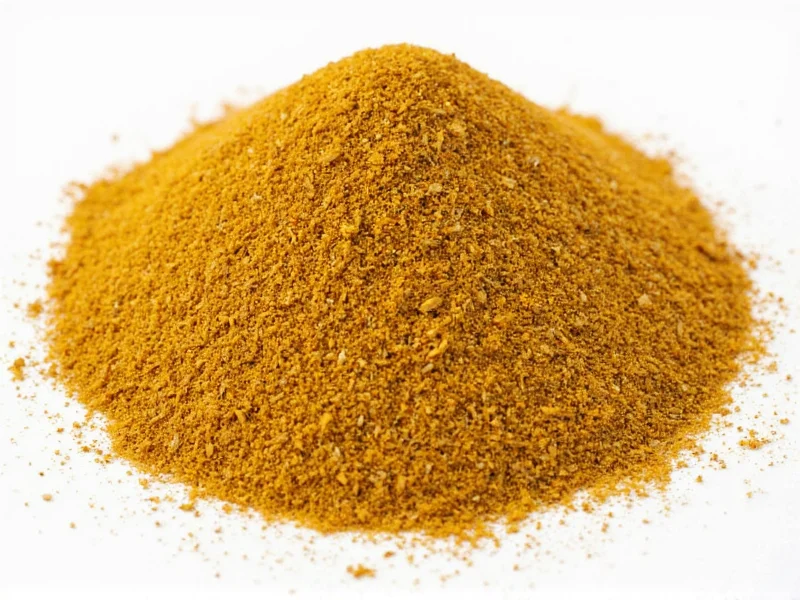Understanding the taste of mustard seeds requires examining both their raw state and how they transform during preparation. These tiny powerhouses of flavor behave differently depending on variety, preparation method, and what they're combined with in cooking.
The Three Main Types of Mustard Seeds and Their Flavor Profiles
Not all mustard seeds taste the same. The three primary varieties—yellow, brown, and black—each bring distinct flavor characteristics to dishes:
| Mustard Seed Type | Raw Flavor Profile | Prepared Flavor Profile | Heat Level (1-10) |
|---|---|---|---|
| Yellow/White | Mildly nutty, earthy, almost bland | Subtle warmth, tangy when vinegar added | 3-4 |
| Brown | Stronger earthiness, slight bitterness | Medium heat with complex nutty notes | 6-7 |
| Black | Intensely earthy, almost bitter | Sharp, pungent heat with floral undertones | 8-9 |
The Science Behind Mustard Seed Flavor Transformation
What makes mustard seeds so fascinating is their chemical reaction when prepared. Raw mustard seeds contain an enzyme called myrosinase and a compound called sinigrin. These remain separated in the intact seed, explaining why raw seeds taste relatively mild. When you crush or chew the seeds, these components mix with moisture, triggering a reaction that creates allyl isothiocyanate—the compound responsible for mustard's signature heat.
This chemical process explains why prepared mustard doesn't burn your throat the way horseradish or wasabi does. The reaction happens more slowly, creating a gradual heat that builds over time rather than hitting immediately. Temperature also affects this reaction: cold water preserves more heat, while warm water creates milder flavor.
How Preparation Methods Alter Mustard Seed Taste
The way you prepare mustard seeds dramatically impacts their final flavor profile:
- Dry roasting enhances nuttiness while reducing potential bitterness, especially in brown and black varieties
- Tempering in oil (common in Indian cooking) releases flavors gradually without triggering excessive heat
- Grinding with acidic liquids like vinegar creates tangy prepared mustard with preserved heat
- Grinding with non-acidic liquids produces more intense heat that fades faster
- Whole seeds in pickling liquid provide subtle background flavor with occasional bursts of heat when bitten
Culinary Applications Based on Taste Characteristics
Chefs select mustard seed varieties based on desired flavor outcomes. Yellow seeds work well in mild American-style mustards and salad dressings where subtle background flavor is preferred. Brown seeds shine in Dijon and spicy brown mustards, providing balanced heat with complexity. Black seeds, though less common commercially, offer the most intense flavor preferred in many Indian and Ethiopian dishes.
When using mustard seeds in cooking, remember that heat application changes their flavor trajectory. Adding them early in the cooking process creates deeper, more integrated flavors, while adding them later preserves more of their distinctive bite. This knowledge helps explain why mustard seeds taste different in various global cuisines despite being the same basic ingredient.
Common Misconceptions About Mustard Seed Flavor
Many home cooks misunderstand mustard seed taste characteristics. One widespread misconception is that all mustard seeds are extremely hot in their raw state. In reality, raw seeds have minimal heat—the pungency develops only through preparation. Another common misunderstanding involves storage: properly stored in airtight containers away from light, mustard seeds maintain flavor for 2-3 years, though their enzymatic activity gradually diminishes.
Some believe that mustard seed heat level directly correlates with color intensity, but this isn't always accurate. While black seeds generally provide the most heat, certain cultivated varieties of brown mustard can surpass some black mustard in pungency. Understanding these nuances helps explain the difference between yellow and brown mustard seeds taste beyond simple color assumptions.
Practical Tips for Working With Mustard Seeds
To maximize flavor when cooking with mustard seeds:
- Toast seeds lightly in a dry pan before use to enhance nutty notes without burning
- Use cold water when making prepared mustard if you want maximum heat retention
- Add a pinch of baking soda to mustard preparations to stabilize the heat
- Combine different seed varieties for complex flavor layers in homemade mustards
- Store whole seeds in the freezer to preserve enzymatic activity for maximum flavor development
Understanding how to use mustard seeds in cooking effectively requires recognizing how their flavor evolves through preparation. The transformation from mild raw seed to pungent condiment represents one of culinary science's most fascinating chemical reactions, making mustard seeds a versatile ingredient across global cuisines.











 浙公网安备
33010002000092号
浙公网安备
33010002000092号 浙B2-20120091-4
浙B2-20120091-4